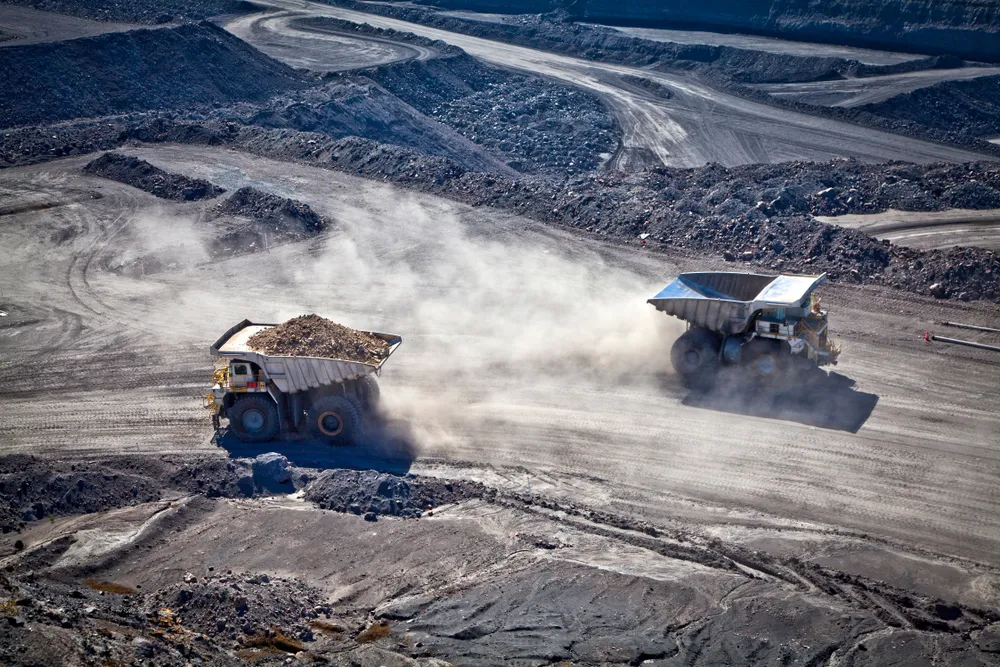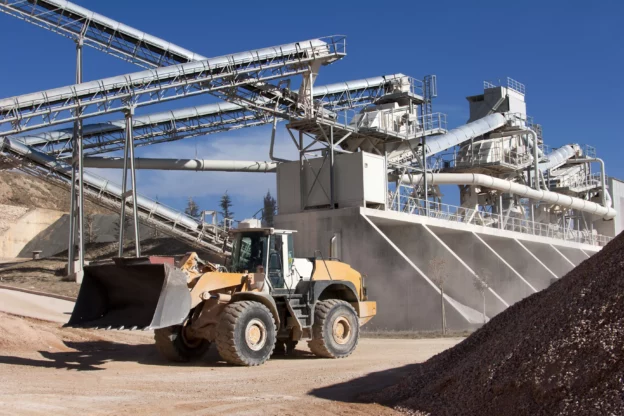The mining industry, responsible for approximately 10% of global greenhouse gas emissions, faces a serious challenge on its path to a more sustainable future. Climate change demands a fundamental transformation towards more environmentally friendly mining, and decarbonization of the mining sector is the only viable option to ensure a prosperous future for both the sector and the planet.
This process not only has the potential to significantly reduce greenhouse gas emissions, but also offers economic and social opportunities aligned with global sustainability goals. In this article, key strategies and technologies for decarbonization of the mining sector are explored, focusing on the economic and social benefits.
Benefits of decarbonization of the mining sector
Mining is an important industry for the world economy, providing the materials needed for infrastructure, technology and energy. However, it is also one of the largest emitters ofCO2, which is why the transition of this sector towards more sustainable practices is necessary and urgent.
The “decarbonization of the sector” refers to the set of strategies and technologies implemented to reduce and eventually eliminate carbon emissions from mining activities. This decarbonization offers a host of benefits to the mining industry, among which are:
Economic benefits
- Reduced operating costs: Energy efficiency and the use of clean mining technologies can generate significant long-term savings.
- Creation of green jobs: The transition to sustainable mining will drive demand for skilled labor in new technologies.
- Access to new markets: Consumers, increasingly aware of environmental impact, will demand more environmentally friendly products.
Social benefits
- Improved public health: A reduction in mining emissions will lead to reduced air and water pollution, having a positive impact on the health of local communities.
- Sustainable community development: Investment in clean mining technologies and worker training will boost the social and economic development of mining areas.
Strategies for decarbonization
Decarbonization has become an imperative to ensure carbon-free mining and a sustainable future for the industry, communities and the planet. In this context, the following are four key strategies to achieve this objective:
Electrification
The fundamental pillar of mining decarbonization is electrification, replacing the use of fossil fuels with renewable electricity in all operations. This includes:
- Extraction: Implement electric equipment for mineral extraction, such as electrified shovels and transport trucks.
- Transportation: Replace diesel vehicles with electric models for transporting materials and personnel within the mines.
- Ventilation: Implement efficient ventilation systems with renewable energy to ensure a safe environment for workers.
- Mineral processing: Automate the processes involved in obtaining minerals, such as grinding, flotation and filtration.
- Lighting: Switch to high-efficiency LED lighting systems in all areas of the mine.
- Office operations: Implement energy efficiency practices in offices and administrative buildings.
Energy efficiency
Optimizing mining processes to reduce energy consumption in all areas is crucial for decarbonization. This includes:
- Mine design: Planning the mine in an efficient manner, considering the location of facilities, haulage distance and equipment selection.
- Equipment operation: Train personnel to operate equipment efficiently and safely, following best practices.
- Equipment maintenance: Implement a preventive maintenance program to ensure the proper functioning of equipment and avoid energy leaks.
- Energy management: Implement an energy management system to monitor and optimize energy consumption throughout the mine.
Green hydrogen
Green hydrogen, produced from renewable energy, represents a viable alternative to fossil fuels. It can be used as fuel in:
- Mining vehicles: Replace diesel trucks with hydrogen-powered vehicles.
- Mining machinery: Implement hydrogen-powered excavators, shovels and drills.
- Power generation: Use hydrogen as a fuel to generate backup electricity or to power cogeneration systems.
Carbon capture and storage
Carbon capture and storage (CCS) technologies allow capturingCO2 emissions from mining operations and storing them safely, preventing their release into the atmosphere for carbon-free mining. There are two main types of capture:
- Pre-combustionCO2 capture: CapturingCO2 before the fuel is burned, usually at the mineral processing stage.
- Post-combustionCO2 capture: CaptureCO2 after the fuel has been burned, in the chimney of the facility.
CapturedCO2 can be stored in:
- Geological storage: InjectingCO2 into deep geological formations, such as saline aquifers or rock formations.
- CO2 utilization: ConvertingCO2 into commercially valuable products, such as synthetic fuels or construction materials.
Technologies for decarbonization
The most important technologies to be considered in the decarbonization process in the mining sector are presented below.
- Renewable energy: Implement solar and wind farms to generate clean energy to replace fossil fuels in mining operations. This not only reduces carbon emissions, but also generates long-term economic savings.
- Energy storage: Storing the renewable energy generated for later use, especially during peak demand hours or when weather conditions are not favorable. This allows for a constant and reliable power supply for mining operations.
- Electric vehicles: Replace diesel vehicles with zero-emission electric models, such as trucks and buses, for transporting materials and personnel within the mines. This measure significantly reduces air pollution and greenhouse gas emissions.

- Electrified mining equipment: Implement electric mining machinery such as shovels, drills and excavators that run on renewable energy instead of fossil fuels. This reduces greenhouse gas emissions, improves air quality in the mines and reduces noise generated by operations.
- Carbon capture technologies: ImplementCO2 absorption systems to capture emissions from mining processes, such as mine ventilation and fossil fuel combustion. The capturedCO2 can be safely stored or used for other industrial purposes.
Collaboration and innovation
Decarbonization of the mining sector will only be possible through collaboration between companies, governments, universities and research centers. There is a need to invest in research and development of new clean mining technologies.
The transformation to more sustainable mining is an opportunity to create green jobs and contribute to the fight against climate change. Examples of successful collaboration:
- HYBRIT” project in Sweden: A pilot project using green hydrogen to produce carbon-free steel.
- MineRP” project in Australia: A project investigating the feasibility of emission-free mining using solar power and battery energy storage.
Speaking of innovation, is space mining and its potential for humanity possible?
Then I invite you to watch the following video and give an answer to this question .

Video about space mining and its potential for humanity.
Conclusion
Decarbonizing the mining industry is a challenge, but also an opportunity to build a more sustainable, prosperous and equitable future. The onus is on all players in the sector to work together to adopt strategies and technologies to achieve a carbon-free future.
Decarbonization of the mining sector is essential to address climate change and move towards sustainable development. Through the adoption of clean technologies for sustainable mining, and the reduction of emissions in mining, the sector can contribute significantly to environmental protection while ensuring its economic and social viability.
Collaboration and innovation are key to overcoming the challenges and maximizing the opportunities offered by this transition. Together, we can move towards a mining industry that is environmentally friendly, economically viable and socially responsible.
Join the green mining revolution today!
References
Own source

